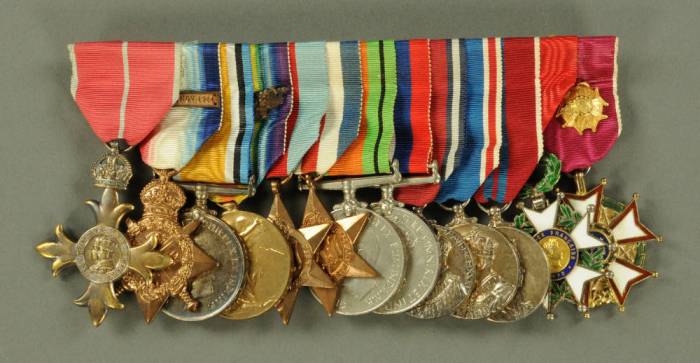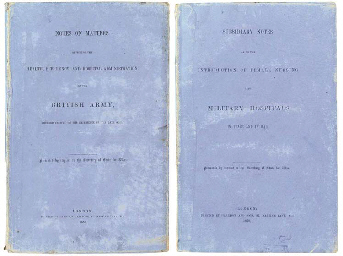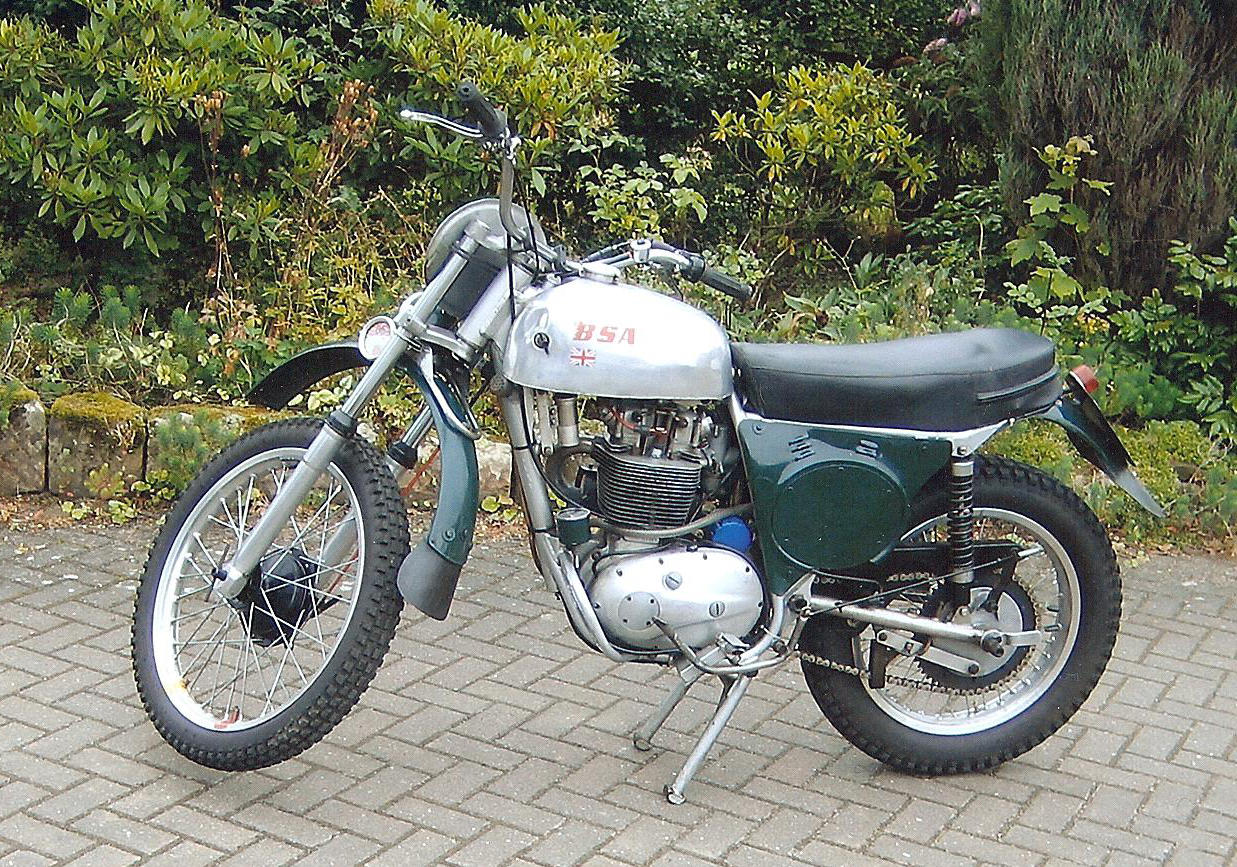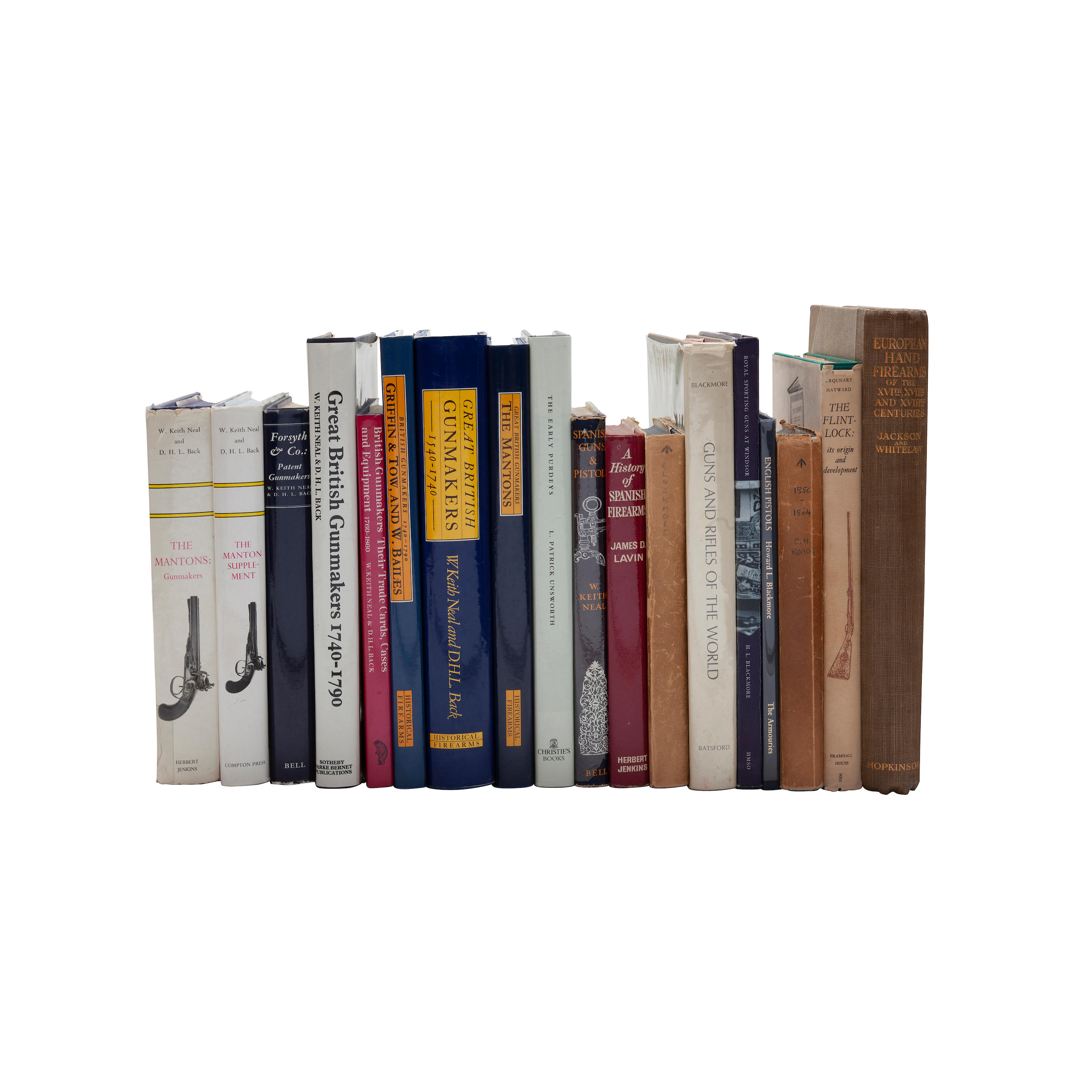Experimental British military percussion musket based upon the Pattern 1842 musket with an inside lock system apparently similar to the American Morse patent inside lock. Round browned barrel secured to the stock with three flat keys and the screw for the upper swivel in the style of the P1842 musket. Standard British military proofs at breech including the expected “(crown) / TP / (broad arrow)”, “(crown) / B / 7” Birmingham inspector and "(crown) / (broad arrow)" government ownership mark. Bottom of barrel of marked “J CLIVE” for the Birmingham barrel maker John Clive. Breech plug tang is cut forward of the breech pinhole, and measures roughly 3/8” in length. The barrel may have been obtained from ordnance stores and used for this sample or experimental musket. Lock unmarked on interior. “E BAKER” stamped clearly in toe of stock with the names “E BAKER” and “L DEAN” found in the ramrod channel. Equipped with standard Pattern 1842 fixed back sight, combination musket front sight and bayonet lug, Lovell’s patent bayonet catch under the barrel and with sling swivels in their standard locations. Brass buttplate and ramrod pipes appear to be of standard Board of Ordnance pattern as well. Concave tip, button-head iron ramrod of typical ordnance pattern marked “R&WA” for the Birmingham contractors R&W Aston. Brass trigger guard unique with short tang and thicker than standard British military trigger guards of the period, secured by a screw at each end. Inside lock with exposed “feather” or sear spring mounted above the trigger. Hammer secured with a spanner nut to tumbler with a male thread. The snail (bolster) is of unique design with a flat bottom and rear face and a faceted angle on the lower front edge, not typical of any British ordnance snail of the period. Rear half of stock is completely unique for British military arms of the period with a bulbous and rounded lock area and no flats, side plate or side nail cups incorporated into the design. Ezekiel Baker (b1758) founded the gunmaking company that bore his name during the last decade of the 18th century. Baker had completed his apprenticeship under the famed and innovative gunsmith Henry Nock from 1785-1787 and became a gun barrel maker initially. Baker became a major contractor to the Board of Ordnance from 1794, and the East India Company from 1803. He is probably most famous for the British military Baker Rifle that bears his name. The firm became Ezekiel Baker & Son circa 1823 and finally Elizabeth Baker & Co circa 1856-1860. The senior Baker was an innovative builder and designers of arms and also ran afoul of the Worshipful Company of Gunmakers when he proposed a new way to prove barrels other than in the London proof house, which was controlled by the guild. Baker also invented improved flintlock actions, bullets, bayonets, bullet molds and a “gun stocking machine” (Blackmore). Baker’s son John received registered design #141 in 1851 and British Patent #3208 of 1852 for improve gun locks, which is likely the patent that covers the design here. It is quite possible that the design originated with the elder Baker who may have been intrigued by the screwless lock designs of his mentor Henry Nock It is not clear if this gun was produced for Board of Ordnance trials or simply as a sample to try to sell the concept. Other experimental muskets without lock plates tested during this period included underhammer designs by Wilkinson as well as Baron von Heurteloup’s underhammer, automated priming design. An amazingly intriguing British percussion musket in a fantastic state of preservation. CONDITION: Very fine to excellent. Barrel retains most of the period brown with some thinning and fading. Metal extremely smooth with only some light pinpricking and peppering around the breech area. Markings remain clear and crisp, mechanically functional, bore is fine and bright with some lightly scattered oxidation. Smoothbore dusty but apparently about fine with some scattered oxidati
Experimental British military percussion musket based upon the Pattern 1842 musket with an inside lock system apparently similar to the American Morse patent inside lock. Round browned barrel secured to the stock with three flat keys and the screw for the upper swivel in the style of the P1842 musket. Standard British military proofs at breech including the expected “(crown) / TP / (broad arrow)”, “(crown) / B / 7” Birmingham inspector and "(crown) / (broad arrow)" government ownership mark. Bottom of barrel of marked “J CLIVE” for the Birmingham barrel maker John Clive. Breech plug tang is cut forward of the breech pinhole, and measures roughly 3/8” in length. The barrel may have been obtained from ordnance stores and used for this sample or experimental musket. Lock unmarked on interior. “E BAKER” stamped clearly in toe of stock with the names “E BAKER” and “L DEAN” found in the ramrod channel. Equipped with standard Pattern 1842 fixed back sight, combination musket front sight and bayonet lug, Lovell’s patent bayonet catch under the barrel and with sling swivels in their standard locations. Brass buttplate and ramrod pipes appear to be of standard Board of Ordnance pattern as well. Concave tip, button-head iron ramrod of typical ordnance pattern marked “R&WA” for the Birmingham contractors R&W Aston. Brass trigger guard unique with short tang and thicker than standard British military trigger guards of the period, secured by a screw at each end. Inside lock with exposed “feather” or sear spring mounted above the trigger. Hammer secured with a spanner nut to tumbler with a male thread. The snail (bolster) is of unique design with a flat bottom and rear face and a faceted angle on the lower front edge, not typical of any British ordnance snail of the period. Rear half of stock is completely unique for British military arms of the period with a bulbous and rounded lock area and no flats, side plate or side nail cups incorporated into the design. Ezekiel Baker (b1758) founded the gunmaking company that bore his name during the last decade of the 18th century. Baker had completed his apprenticeship under the famed and innovative gunsmith Henry Nock from 1785-1787 and became a gun barrel maker initially. Baker became a major contractor to the Board of Ordnance from 1794, and the East India Company from 1803. He is probably most famous for the British military Baker Rifle that bears his name. The firm became Ezekiel Baker & Son circa 1823 and finally Elizabeth Baker & Co circa 1856-1860. The senior Baker was an innovative builder and designers of arms and also ran afoul of the Worshipful Company of Gunmakers when he proposed a new way to prove barrels other than in the London proof house, which was controlled by the guild. Baker also invented improved flintlock actions, bullets, bayonets, bullet molds and a “gun stocking machine” (Blackmore). Baker’s son John received registered design #141 in 1851 and British Patent #3208 of 1852 for improve gun locks, which is likely the patent that covers the design here. It is quite possible that the design originated with the elder Baker who may have been intrigued by the screwless lock designs of his mentor Henry Nock It is not clear if this gun was produced for Board of Ordnance trials or simply as a sample to try to sell the concept. Other experimental muskets without lock plates tested during this period included underhammer designs by Wilkinson as well as Baron von Heurteloup’s underhammer, automated priming design. An amazingly intriguing British percussion musket in a fantastic state of preservation. CONDITION: Very fine to excellent. Barrel retains most of the period brown with some thinning and fading. Metal extremely smooth with only some light pinpricking and peppering around the breech area. Markings remain clear and crisp, mechanically functional, bore is fine and bright with some lightly scattered oxidation. Smoothbore dusty but apparently about fine with some scattered oxidati










.jpg)


.jpg)
/67279/Internet%20Image%201.jpg)
Testen Sie LotSearch und seine Premium-Features 7 Tage - ohne Kosten!
Lassen Sie sich automatisch über neue Objekte in kommenden Auktionen benachrichtigen.
Suchauftrag anlegen